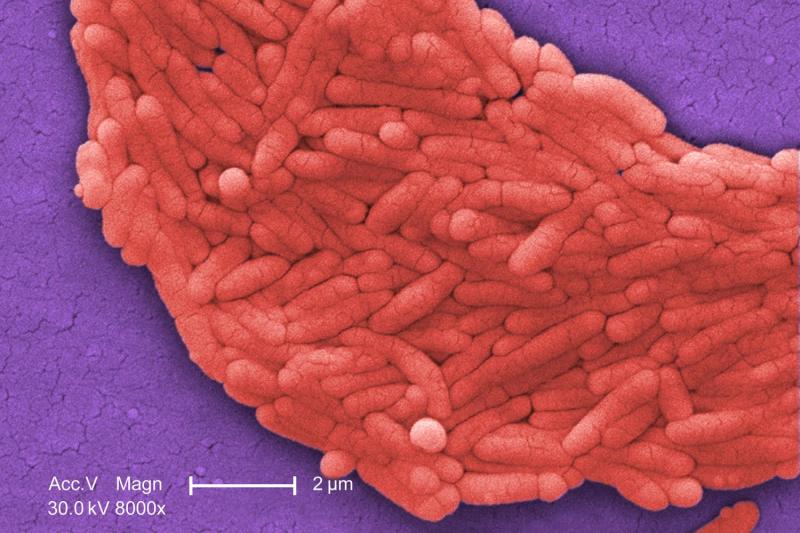Survival of the Fittest: Inside the Sneaky World of Salmonella's Environmental Escape Tactics

The Mysterious Survival Strategy of Salmonella: Unraveling a Microbial Enigma
For decades, microbiologists have been captivated by the remarkable resilience of Salmonella, an intracellular pathogen that defies conventional understanding of cellular defense mechanisms. This cunning bacterium has developed an extraordinary ability to not just survive, but actually flourish within human and animal tissues, even in environments that would typically destroy most microorganisms.
Scientists have long been puzzled by Salmonella's incredible adaptability. Despite being surrounded by hostile cellular environments designed to neutralize invading pathogens, this bacterium manages to establish a foothold and multiply with surprising efficiency. Its capacity to outsmart the body's immune defenses represents a fascinating area of microbiological research.
The pathogen's survival strategy involves complex molecular mechanisms that allow it to manipulate host cells, effectively turning potential threats into safe havens for reproduction. By understanding these intricate processes, researchers hope to develop more targeted approaches to combating this persistent and potentially dangerous microorganism.
As research continues, each new insight into Salmonella's survival tactics brings us closer to unraveling one of microbiology's most intriguing mysteries—how a tiny bacterium can so effectively challenge the sophisticated defense systems of living organisms.
